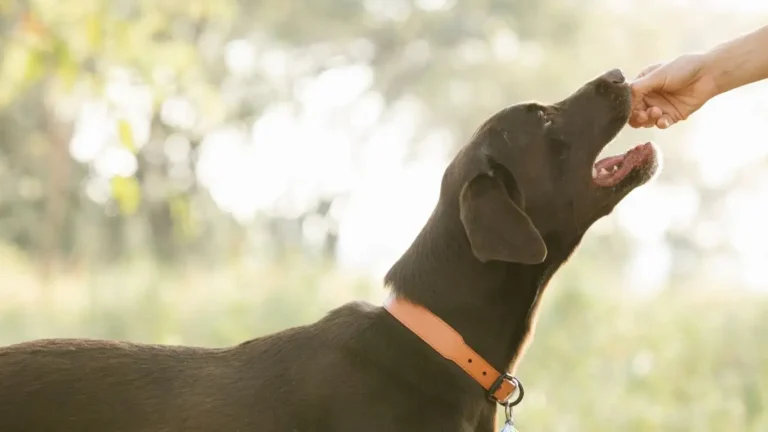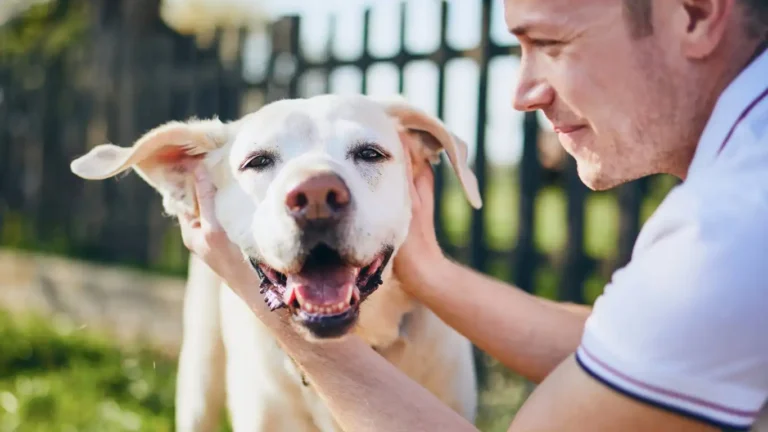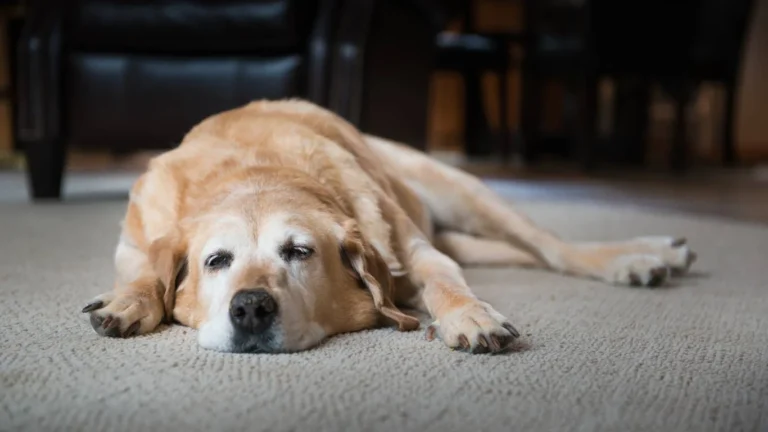Stop Dog Licking Wounds Fast: Proven Methods Every Pet Parent Needs
Let’s face it—dogs licking their wounds is one of those things that just drives us pet parents a little crazy. It’s instinctual for them, sure, but when you’ve worked in veterinary medicine as long as I have, you start to see just how much harm this habit can cause. As a Veterinary Technician and Nutrition Specialist, I’ve had countless clients ask me about the best ways to stop a dog from licking wounds. And trust me, there’s no one-size-fits-all solution. But I’m here to walk you through the tried-and-true methods that have worked both in clinical settings and in my own household with my mischievous Lab mix, Daisy.
Why Do Dogs Lick Their Wounds in the First Place?

Dogs are natural groomers, and licking is their way of “cleaning” a wound. Their saliva does contain some antibacterial properties, but the downside is—it also contains a ton of bacteria that can make the wound worse. It’s like they’re trying to help, but actually slowing the healing process. I’ve seen dogs open up surgical sites, create hotspots, and even cause infections that needed extra rounds of antibiotics—all from a little too much licking.
When Licking Becomes a Medical Issue
What starts as a little attention to a scratch can spiral into full-on obsessive licking. That’s when we enter the danger zone. Licking can delay healing, open sutures, and lead to secondary infections. In some cases, dogs will lick so much they end up with what’s known as a lick granuloma—a raw, inflamed area that’s super hard to treat. I remember treating a golden retriever who developed one the size of a tennis ball on his leg. It took weeks of topical treatments, antibiotics, and behavior modification to get it under control.
Best Ways to Stop a Dog from Licking Wounds
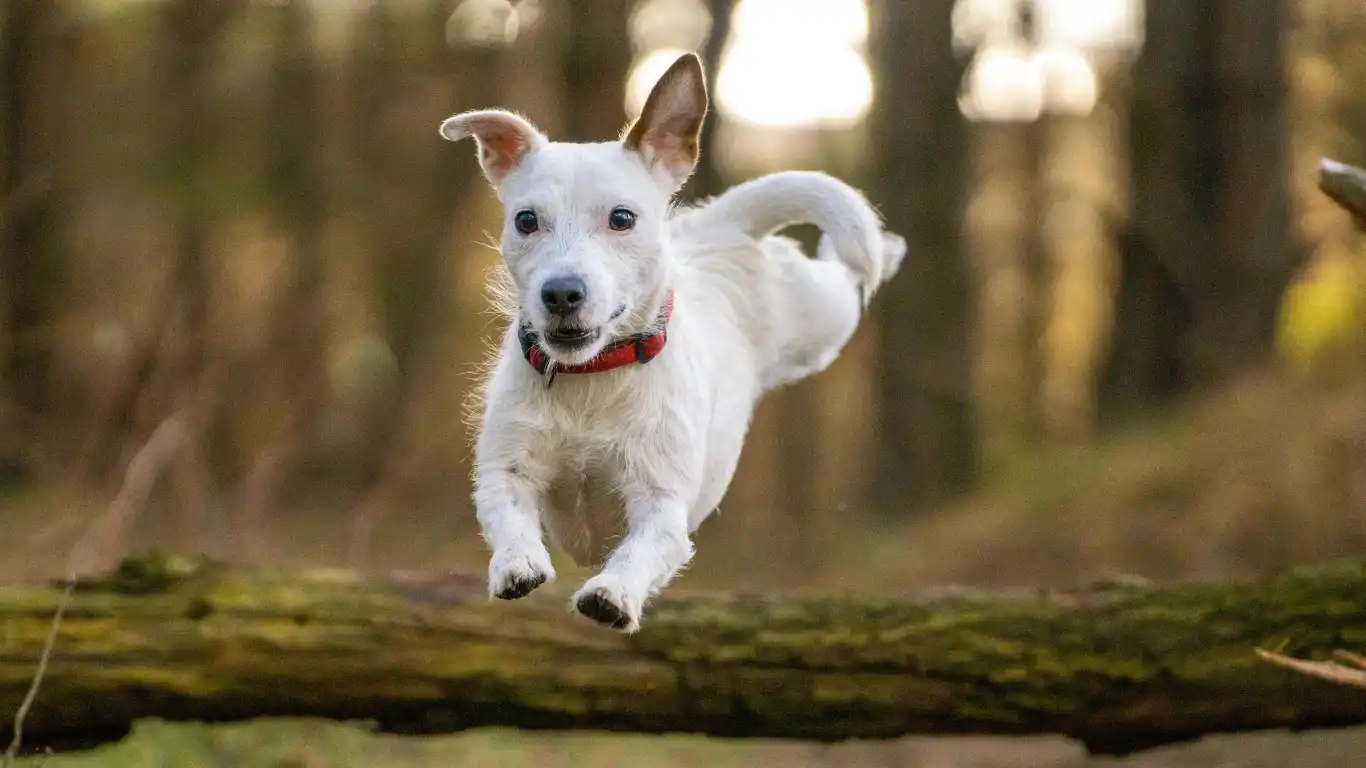
Okay, let’s talk solutions. You’ve probably heard of the cone of shame (aka the Elizabethan collar), but there are actually quite a few options out there—some better tolerated than others. Here’s a breakdown of what I’ve found most helpful in clinical practice and at home:
1. Elizabethan Collars (E-Collars)
The classic cone. Not pretty, not comfortable, but often the most effective barrier. If your dog tolerates it, this can be your best line of defense. Just make sure it’s sized properly. A too-short cone won’t stop them from reaching the wound, and a too-long one? Well, they might just shut down completely.
2. Inflatable Collars
These are like a travel pillow for your pup’s neck and are generally more comfortable than hard cones. They won’t block access to all areas of the body, but they work wonders for upper body wounds. I’ve had clients swear by these after surgeries like spays or neuters. Just keep in mind that determined dogs can sometimes still twist enough to reach a wound.
3. Soft Recovery Collars
Soft cones are a nice middle ground—less intimidating and less noisy than plastic cones, and usually better tolerated by smaller or more anxious dogs. They won’t work for every location (especially paws or tails), but they’re great for neck, chest, or abdominal wounds.
4. Bandaging the Wound
This can be tricky and is definitely something you should ask your vet about first. Not all wounds should be covered, and improper bandaging can trap moisture or restrict circulation. But when done right—especially with breathable, vet-approved materials—it can be a powerful physical deterrent. In clinic, I usually wrap paws with a bit of Telfa pad, vet wrap, and a top layer of cohesive tape. Just watch for chewing!
5. Topical Deterrents
There are sprays and ointments designed to taste nasty—like bitter apple or cayenne-based solutions—that can discourage licking. Fair warning: not every dog cares. Some seem to see it as a flavor challenge. Daisy, for example, actually liked the taste of one bitter spray we tried. But others will absolutely leave the area alone after one sniff.
Nutrition and Healing: The Overlooked Factor
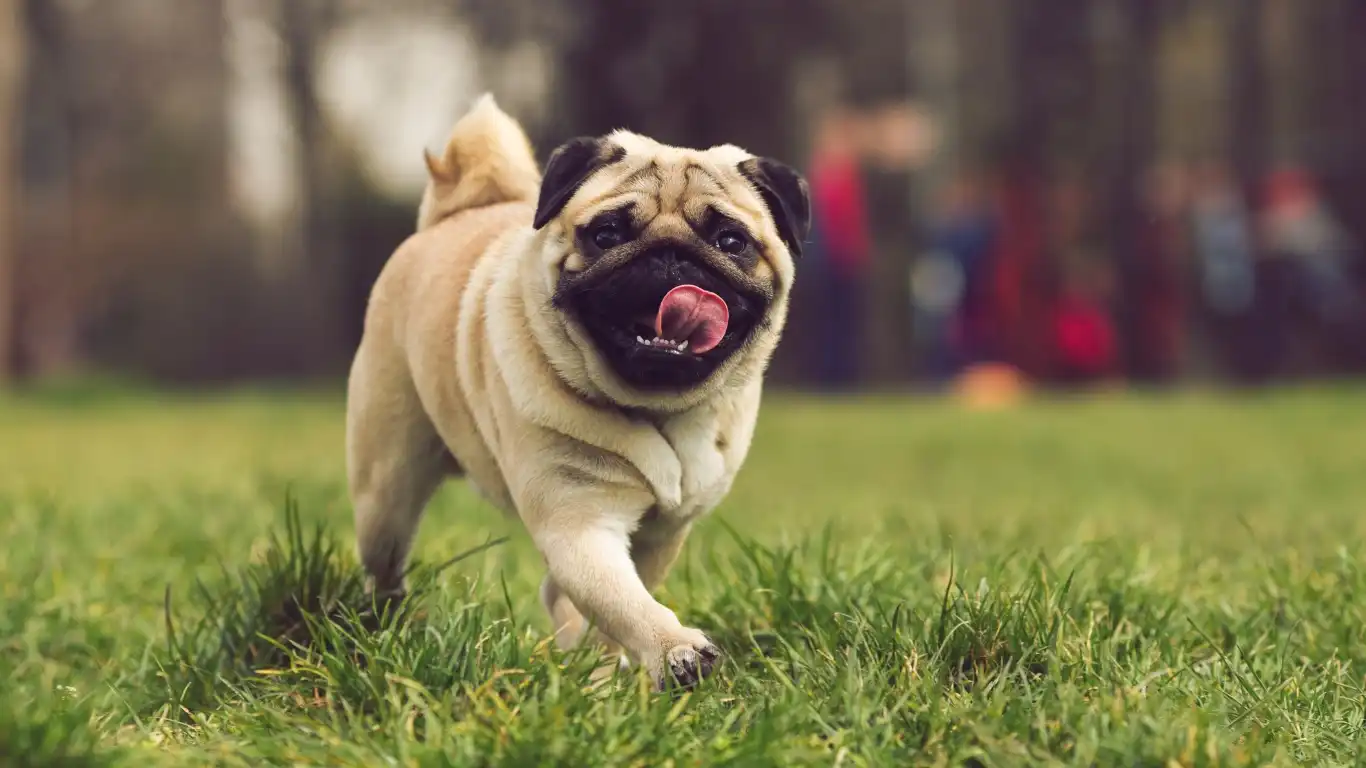
Here’s where my nutrition hat comes in—because stopping the licking is only part of the puzzle. We also want to promote faster healing. That starts from the inside out. Dogs recovering from wounds often need extra protein, omega-3 fatty acids, and certain vitamins like A, C, and E. In my clinic, we often recommend high-protein recovery diets or add-on supplements tailored to the dog’s size, age, and health status. A well-fed dog heals faster and, interestingly enough, may be less likely to obsess over their wound.
- Omega-3s (like from fish oil) reduce inflammation and support skin repair.
- Vitamin C helps with collagen production and tissue healing.
- Protein is essential for regrowing skin, especially after surgery.
Next time your pup has a cut or goes through surgery, don’t overlook what’s going in their bowl. I’ve seen more than a few “problem lickers” calm down once they’re on the right nutrition plan. Coincidence? Maybe. But I’m not betting on it.
Behavioral Hacks to Curb the Licking Habit

Now that we’ve covered collars, bandages, and nutrition, let’s talk about what’s going on inside that doggy brain. Sometimes, licking isn’t just about the wound—it’s a stress response or even a sign of boredom. As a Vet Tech, I’ve worked with so many pet parents who thought they were dealing with wound care, but really, the licking behavior was more of a coping mechanism. The wound just gave them an excuse to focus on something.
Here’s the thing: dogs are creatures of habit. If they start licking a wound and it becomes a comfort behavior, breaking that cycle can be a challenge. But not impossible.
Distraction Is Your Secret Weapon
One of the most effective tricks I use—both at work and at home—is keeping their mind busy. A tired dog is way less likely to obsessively lick. That doesn’t mean you should take them on long hikes while they’re recovering (please don’t), but light mental stimulation helps. Here are a few things I recommend to my clients:
- Food puzzles – These are lifesavers. Dogs love the challenge, and it keeps them too distracted to lick.
- Kongs stuffed with frozen peanut butter or canned food – Bonus points if your dog has to work for it for 20+ minutes.
- Short training sessions – Even a 5-minute sit-stay game can mentally wear them out.
My own pup once had a paw injury and was fixated on licking the area, even with a bandage. So, I made a frozen treat station—rotating different fillers in Kongs and puzzle toys throughout the day. Not only did it slow her licking habit, but it also gave her something positive to associate with healing time.
Use Positive Reinforcement to Redirect
When you catch your dog starting to lick, don’t just say “no” and hope for the best. Try redirecting instead. Grab their favorite toy or start a quick play session. The key is to make “not licking” more rewarding than licking. And don’t forget to reinforce good behavior when they leave the wound alone—treats, praise, belly rubs, whatever lights them up.
When the Licking Just Won’t Stop

If you’ve tried all the collars, distractions, and sprays and your dog is still obsessed with licking, it may be time to dig deeper. Chronic licking could point to underlying health or behavioral issues. I always tell my clients—persistent licking is a symptom, not just a behavior problem.
Possible Underlying Issues Include:
- Allergies – Food or environmental allergens can cause skin irritation that your dog tries to soothe by licking.
- Pain or discomfort – Dogs will lick joints or areas that ache, even if there’s no open wound. Older dogs with arthritis often do this.
- Anxiety or OCD – Yep, dogs can have anxiety disorders, too. Licking can become compulsive, especially in high-strung or under-stimulated dogs.
In those cases, I recommend looping in your vet for a full physical checkup. We’ve diagnosed thyroid disorders, arthritis, and even mild nerve damage just from a dog’s licking habit. Sometimes you’ll need to add in behavior modification or even medications like anti-anxiety meds or antihistamines. Don’t be afraid to ask your vet about those options—they can make a world of difference.
DIY Wound Care Tips That Actually Help
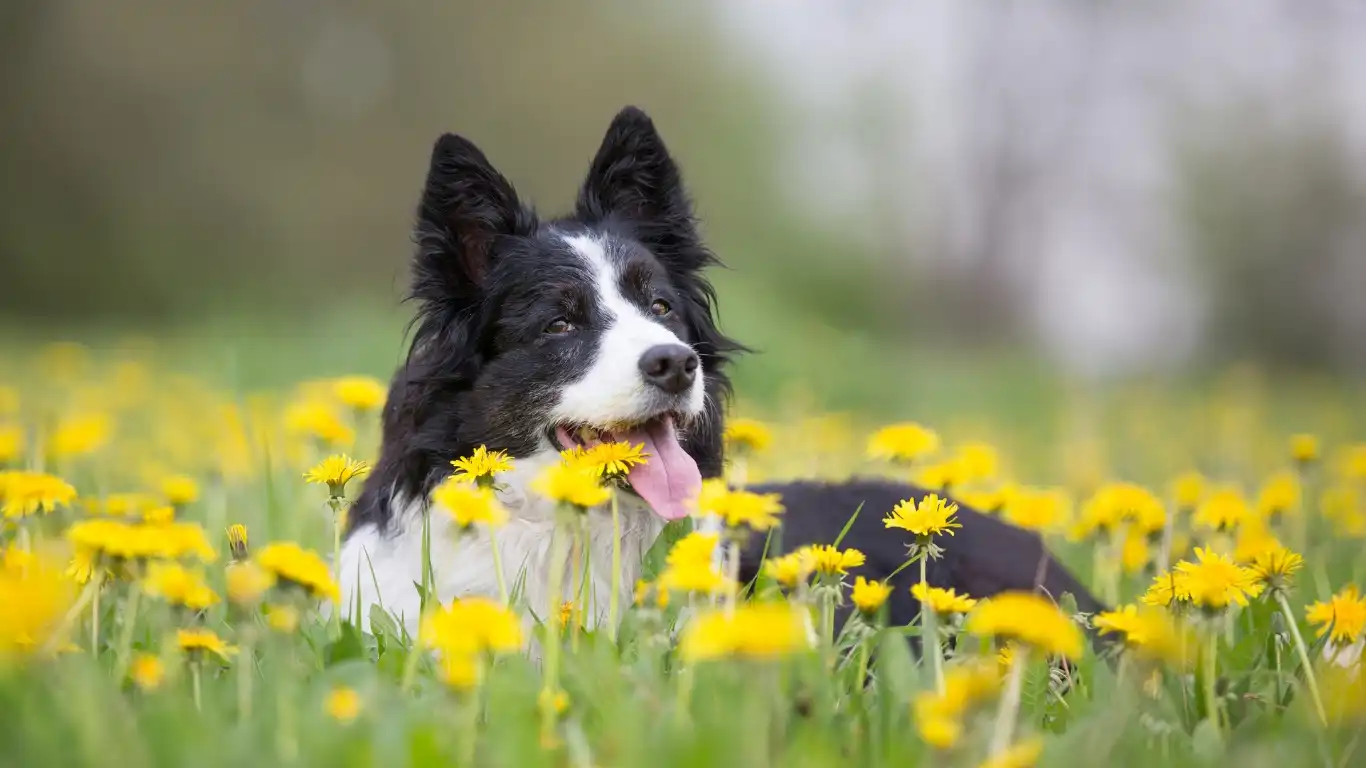
Another question I get all the time: “What can I do at home to speed up healing and keep the wound clean?” Great question—because proper wound care at home is a major part of stopping the licking cycle. If the wound is itchy, painful, or not healing, your dog’s going to keep going after it. Let’s make sure it gets better fast.
Basic At-Home Wound Care Steps:
- Clean the wound – Use a vet-approved antiseptic like chlorhexidine. No alcohol, hydrogen peroxide, or harsh stuff—those delay healing.
- Keep it dry – Moisture invites bacteria. After cleaning, gently pat dry. Avoid getting it wet during walks (booties help!).
- Apply healing ointments – Ask your vet for options like silver sulfadiazine or calendula-based gels that promote healing.
- Watch for signs of infection – Redness, swelling, discharge, or bad smells mean it’s time to head back to the clinic.
Just last month, one of my clients had a pit bull who wouldn’t stop licking a small wound on his hind leg. After ruling out allergies, we found out the wound just wasn’t healing well because they were using peroxide daily—yikes! Once we switched to a gentler antiseptic and added an Omega-3 supplement, the wound healed beautifully in two weeks. And guess what? The licking stopped, too.
Keep Your Vet in the Loop
This part can’t be overstated: never try to manage wound care completely solo. I always encourage pet parents to send us photos or come in for rechecks. Wounds can look fine one day and go south the next. And if something seems off—your dog’s licking more, there’s new swelling, or the wound starts to smell funky—don’t wait. Call your vet.
Between your eyes and your vet’s expertise, you’ll catch complications early and save your dog a ton of discomfort. Plus, most clinics (including mine) don’t mind quick photo updates via email or app these days—it helps us monitor without the stress of frequent visits.
Preventing Future Licking: Long-Term Strategies That Work

So now that you’ve managed to stop your pup from licking their wound this time around—how do you keep it from becoming a pattern? Because let me tell you, once a dog learns that licking gets them attention, relief, or even just passes the time, they’re gonna try it again. Prevention is everything, especially with repeat offenders.
One of the best things you can do is build a care routine that makes your dog less prone to injuries, skin irritation, or general itchiness. I’ve had plenty of clients come to me saying, “It’s like he’s always got something going on!”—and when we dig into their routines, we usually find some tweaks that make a big difference.
Keep Skin and Coat Health in Check
A lot of licking starts with dry or irritated skin. If your dog’s coat is flaky, dull, or prone to hotspots, they’re gonna chew and lick. That’s just what dogs do. Here’s what I usually recommend:
- Regular grooming – Brushing helps remove debris, distribute natural oils, and gives you a heads-up if something looks off.
- Skin-supportive supplements – Omega-3s (again!) can work wonders. I’m a big fan of fish oil or salmon oil added to meals—just make sure the dose is vet-approved.
- Gentle shampoos – Avoid over-bathing and stick to hypoallergenic, vet-recommended formulas, especially for sensitive pups.
I had one patient, a sweet little terrier, who kept chewing at the same back leg. The owner was at their wit’s end. Turns out, the pup had ultra-sensitive skin that didn’t love the scented baby wipes they were using. We switched up the bathing routine, added a skin supplement, and—boom—no more licking.
Train Them Early (Yes, Even for This!)
Another huge part of preventing licking is just helping your dog learn that licking wounds isn’t the go-to solution. If your dog is still a pup, this is the golden window to teach them alternative behaviors. And even older dogs can benefit from a little refresher course.
Use simple commands like “leave it” or “no lick,” and make it part of their basic training vocabulary. If you’re consistent, your dog will start to recognize when they’re doing something that’s not okay. And trust me—it’s way easier to redirect a dog who’s already got a solid foundation of training.
Creating a Lick-Free Recovery Zone
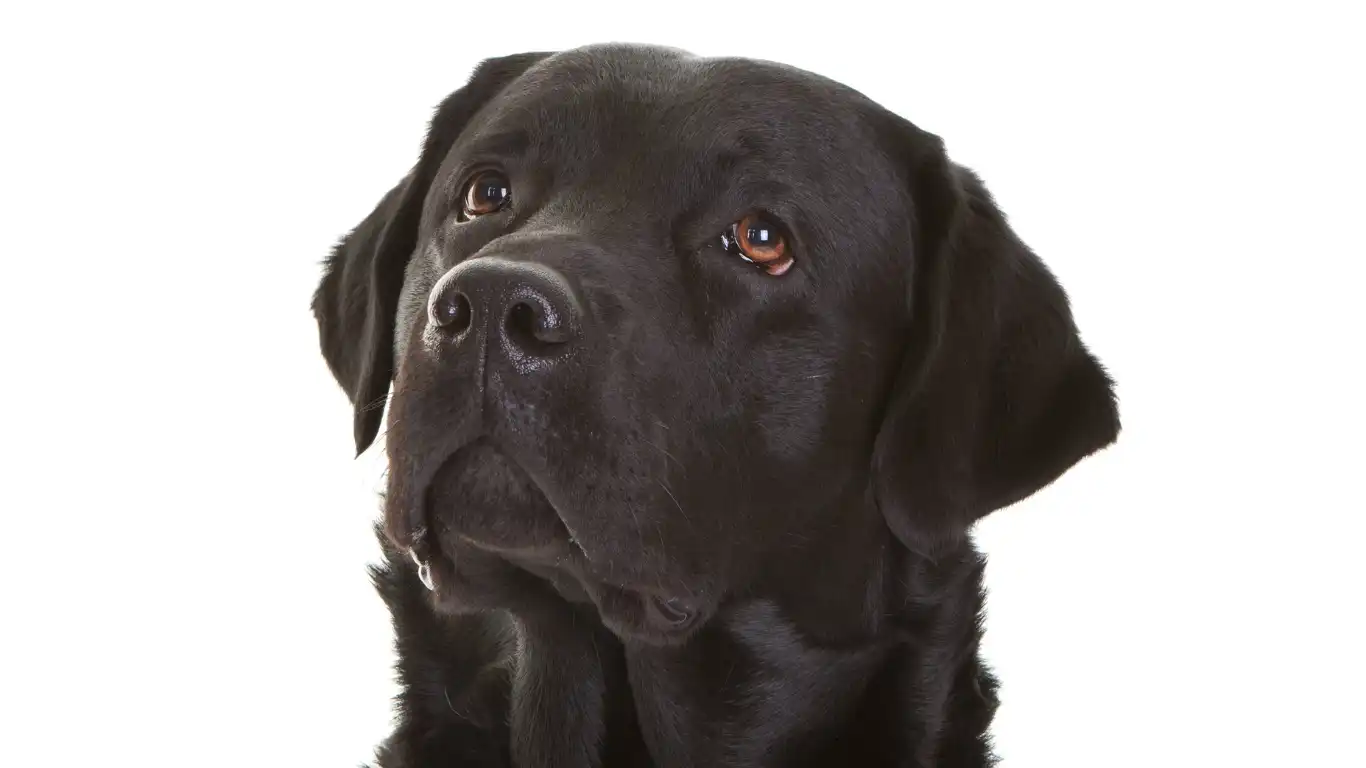
Environment matters too. One thing I recommend to a lot of my clients—especially those with anxious or high-energy dogs—is setting up a cozy, calm recovery zone when wounds happen. It doesn’t have to be fancy, but it should feel like a safe place for your pup.
Here’s what to include in a recovery zone:
- A comfy bed or crate with soft, clean bedding (change it often if there’s wound drainage)
- Soft lighting or a quiet space away from the chaos of the house
- Enrichment toys to redirect attention from licking (puzzle toys, chew-safe bones)
In my own home, I have a go-to setup for when Daisy gets hurt (which, let’s be honest, happens more than I’d like). I set her up in a corner with her favorite plush blanket, a couple of food puzzles, and a low-key playlist of calming music. It’s amazing how much that simple environment helps her settle and heal without going back to the wound.
Keep a Wound Kit Handy
Let’s talk prep. Because wounds happen—especially if your dog is active, clumsy, or just… a dog. I always recommend having a simple wound care kit on hand so you can jump into action the moment something happens. Fast response reduces irritation, lowers infection risk, and yes—stops the licking before it starts.
Here’s what I keep in my kit:
- Vet-approved antiseptic wash (like chlorhexidine)
- Non-stick pads (Telfa or gauze)
- Vet wrap and medical tape
- Elizabethan collar or soft cone alternative
- Disposable gloves
If you’re unsure where to find these or how to use them safely, ask your vet at your next visit. Or check out trusted sources like PetMD or AKC for breakdowns of safe wound care routines.
Final Thoughts: Trust Your Gut, Trust Your Vet
Look, I know from both personal and professional experience—there’s no worse feeling than watching your dog go at a wound and not knowing how to help. But the good news? You’ve got more tools than you think. Whether it’s distraction, nutrition, collars, or just a solid routine, you can absolutely stay ahead of the licking game.
And hey—if something feels off, don’t hesitate to reach out to your vet. That’s what we’re here for. Some wounds need a professional eye, especially if your dog is showing signs of pain, changes in behavior, or if the wound just isn’t getting better. Websites like NIH or Health.com also have great general info on wound healing, inflammation, and behavior research if you want to nerd out a little (like I do!).
At the end of the day, knowing the best ways to stop a dog from licking wounds is about understanding your dog—what makes them tick, what makes them comfortable, and how they communicate with you. You’ve got this.
Disclaimer
This article is for informational purposes only and is not a substitute for professional veterinary advice. Always consult your veterinarian if you have concerns about your dog’s health, wound care, or behavior.

